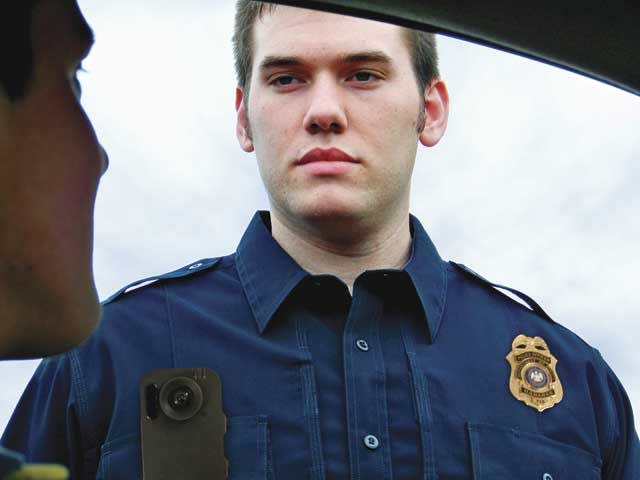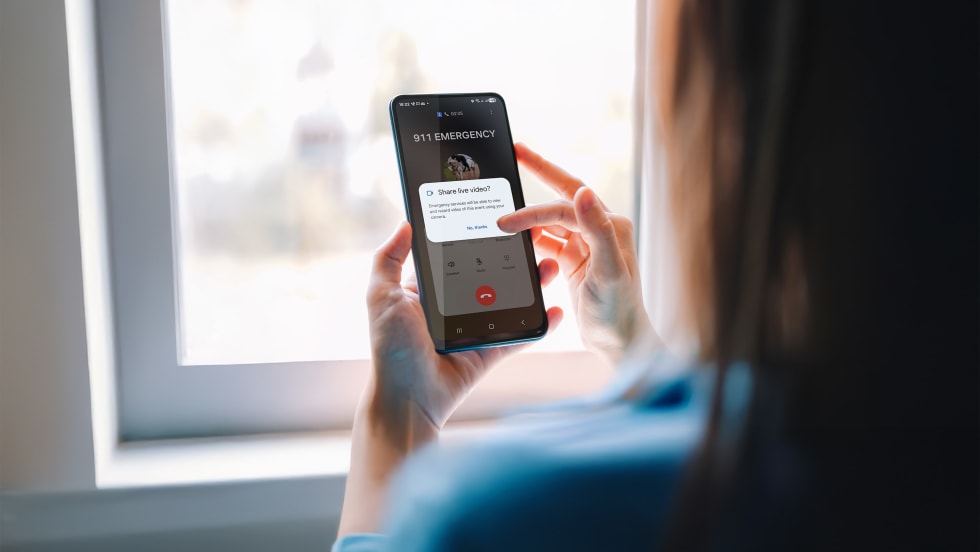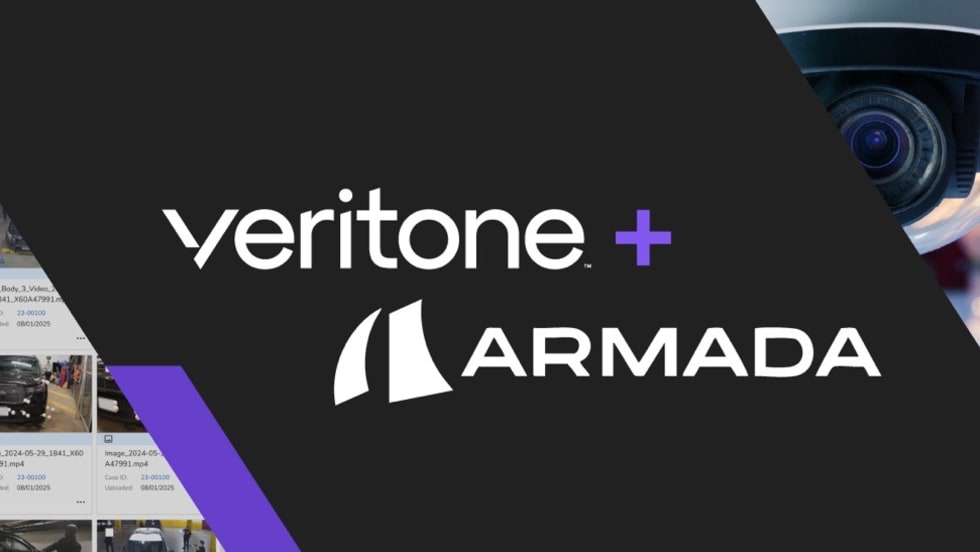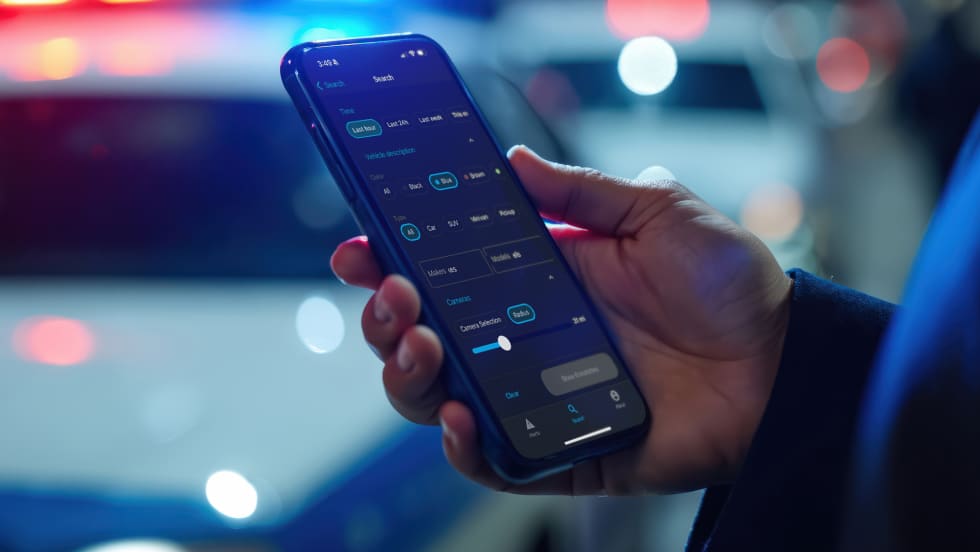The AXON itself is pretty cool, but perhaps the most critical piece of hardware in the TASER system is the Synapse Evidence Transfer Manager (ETM). This device is the download hub for the AXON. Each officer coming off shift connects his or her AXON to the Synapse ETM and it downloads the video and recharges the batteries. Each Synapse ETM can accommodate 24 AXON units.
Even more impressive than the hardware is TASER's software. The company acquired a California-based software engineering company (TASER Virtual Systems) to develop the back end for the AXON. The result is Evidence.com, an off-site data management system that offers safe and secure video storage to AXON users.
During a Webinar earlier this year, TASER International CEO Rick Smith told the audience that Evidence.com would launch with 100 petabytes (100 billion megabytes) of storage. He added that the system would be secured with 128-bit military-quality encryption.
As demonstrated by Smith during the Webinar, Evidence.com is designed to be more than just a storage system. It's also a tool that allows supervisors and chiefs to view incident videos on their PCs. Officers in the field can mark certain videos and even key moments of certain videos and bring them to the attention of their supervisors and commanders. By using Evidence.com's Chief's Dashboard feature, the chief or supervisor can watch all video pertaining to the incident and listen to officer reports and notes recorded on the AXON.
Exact pricing for the AXON had not been set at presstime. During the March Webinar, the company said it would be $1,700 per unit. For every 24 units purchased, TASER will throw in a free Synapse ETM. A subscription to Evidence.com is expected to cost $100 per month for 500 hours of video. In order to use AXON, an agency must subscribe to Evidence.com.













